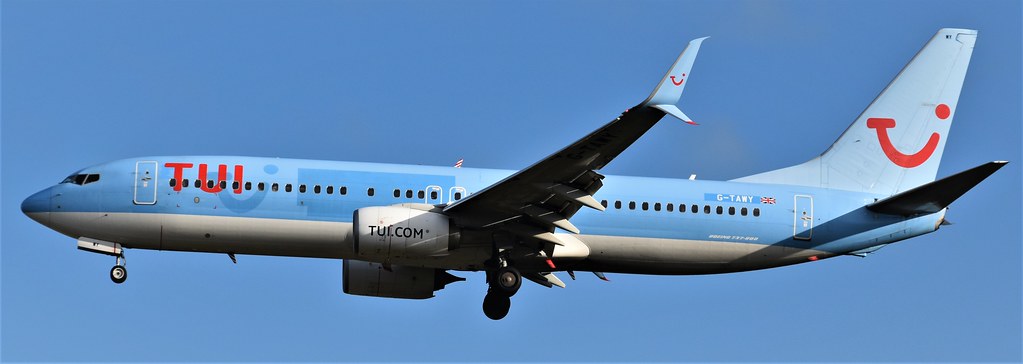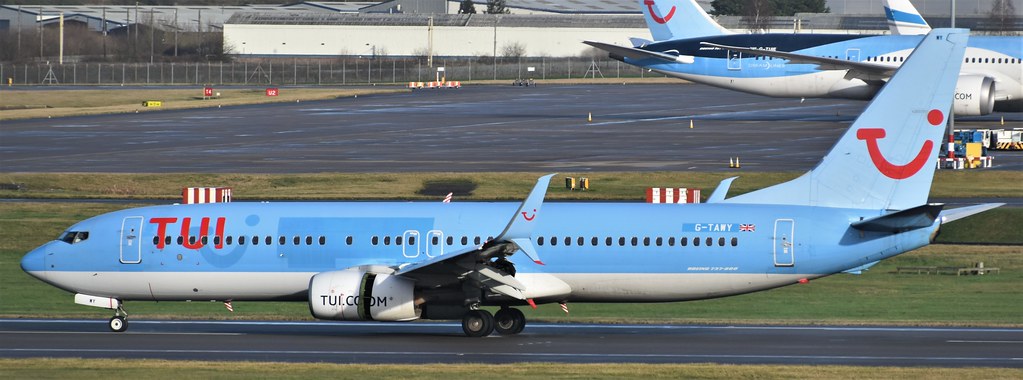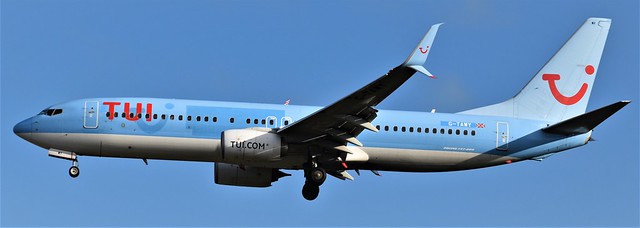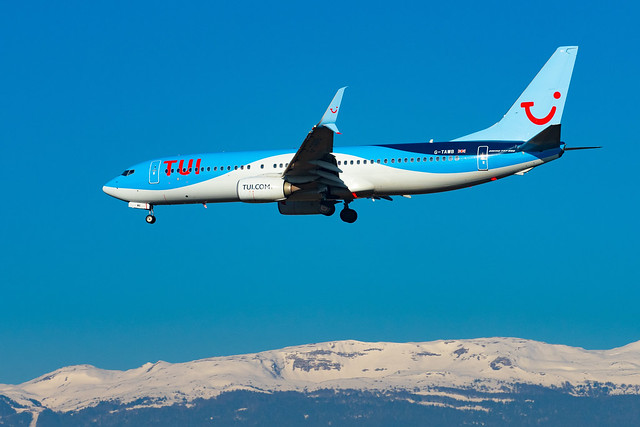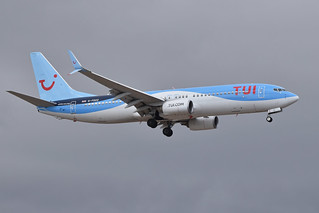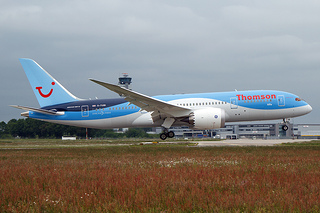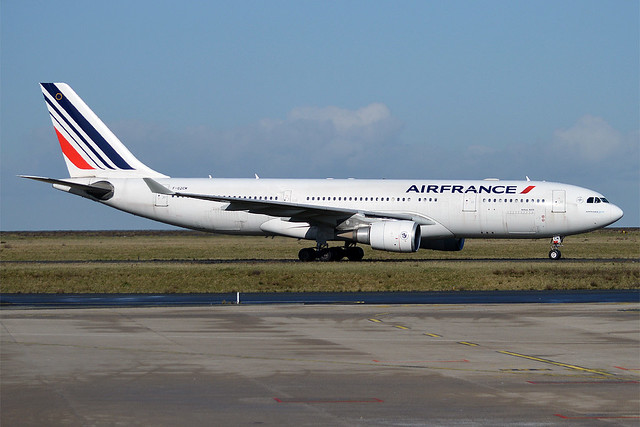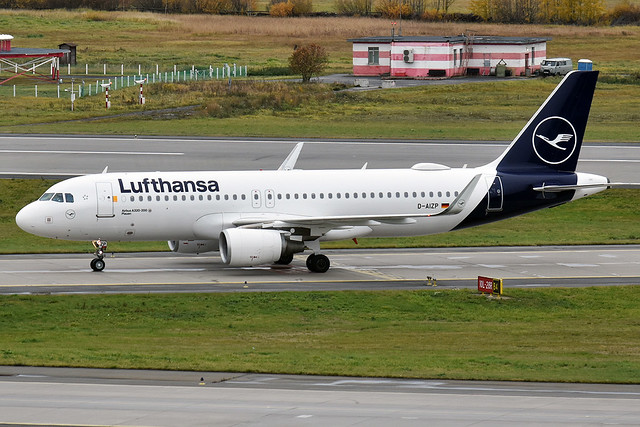TUI B738 at Manchester on Mar 9th 2022, tail strike on departure
Last Update: August 11, 2022 / 19:14:47 GMT/Zulu time
Incident Facts
Date of incident
Mar 9, 2022
Classification
Incident
Airline
TUI Airways
Flight number
BY-2384
Departure
Manchester, United Kingdom
Destination
Fuerteventura, Spain
Aircraft Registration
G-TAWY
Aircraft Type
Boeing 737-800
ICAO Type Designator
B738
A replacement Boeing 737-800 registration G-TAWU reached Fuerteventura with a delay of about 6.5 hours.
The occurrence aircraft was still on the ground in Manchester about 26 hours after landing back.
On Aug 11th 2022 the AAIB released their bulletin stating the occurrence was rated a serious incident, the damage was minor ("Minor damage to the tail skid and paint damage on the aft drain mast").
The AAIB analysed and concluded in a brief paragraph:
On takeoff, during a line training flight, the trainee co-pilot rotated the aircraft too rapidly causing the aircraft’s tail to strike the runway. The trainee had experienced disjointed training due to public health restrictions, which is likely to have made it harder to learn and retain the correct takeoff technique. During his first few sectors on the aircraft, it had been noted that his rotation rate was slightly slow, and he was allowing the rotation to stagnate. It is likely that trying to correct these issues contributed to the rapid rotation rate. The crosswind on the takeoff might have further added to co-pilot’s workload.
The AAIB provided the following synopsis:
During takeoff on a training flight the trainee co-pilot rotated the aircraft too rapidly, causing the aircraft’s tail to strike the runway. The co-pilot had experienced several delays during his training which would have made it harder to learn the correct technique. His low experience coupled with a slight crosswind is likely to have exacerbated the situation.
In detail the AAIB reported:
The flight was the fifth line training sector for a new co-pilot. It was a scheduled flight from Manchester Airport to Fuerteventura in the Canary Islands. The co-pilot was the pilot flying. The weather conditions in Manchester included a surface wind from 170° at 13 kt giving an 11 kt crosswind on Runway 23R. The wind speed was forecast to increase later in the day.
Prior to the flight the commander and co-pilot discussed the takeoff including the required rotation rate and crosswind technique. Whilst on stand, with the aircraft hydraulics powered, the commander demonstrated, and the co-pilot practiced, the correct control inputs.
The start-up and taxi to the runway were uneventful. The crew again discussed the takeoff technique at the holding point, as they waited to depart. Once lined-up on the runway the commander handed control to the co-pilot for the takeoff. The crew had used performance figures for a wet runway, which generated a lower V1.
The takeoff roll was normal until V1. The co-pilot was concentrating on applying rudder to maintain the centreline; he thought the wind was gusty as he needed to keep adjusting the pressure on the rudder pedals. After V1 the aircraft started to drift slightly downwind. The commander considered that the gap between V1 and VR may not have been appreciated by the co-pilot, as it was greater than he had experienced previously, and it may have caused a degree of surprise and distraction. The co-pilot initiated the rotation at VR. The commander described the initial rotation as “a bit quick but within the normal and safe range”. However, as the pitch attitude reached approximately 9°, the commander felt the rotation rate increase markedly. He had his hands on the controls and tried to reduce the rate but was unable to prevent the tail striking the runway. Both pilots felt a bump as it did so.
The pilots continued the takeoff and followed their cleared departure routing. There were no adverse indications, and the aircraft was flying normally. Initially the commander intentionally left the landing gear extended to focus on the flight path, but then omitted to retract it until after the flaps were retracted. Once established in the climb the commander contacted the cabin crew to confirm if they had heard anything abnormal on the takeoff. The cabin crew at the back of the aircraft confirmed they had heard “a very big bang” on takeoff.
The commander advised ATC that the aircraft’s tail had struck the runway and they were likely to be returning to Manchester. He declared a PAN and requested they stop the climb at FL100 and take up a suitable hold. Once established in the hold they reviewed what had happened, discussed their options, and consulted the tail strike checklist in the QRH. They decided to return to Manchester for an overweight landing. The commander decided not to depressurise the aircraft, contrary to the QRH, as he felt it was safer to allow the cabin to depressurise normally during the imminent descent.
The commander briefed the cabin crew for a precautionary landing and made an announcement to the passengers. Once they had completed their briefing the flight crew commenced an approach back to Runway 23R at Manchester. The commander elected to be pilot flying. The subsequent approach and landing were uneventful although the commander did report there was significant windshear just prior to touch down. The aircraft landed at 0921 hrs.
They briefly stopped the aircraft on the runway to speak to the airport fire service and confirm everything was normal, then taxied to stand without further incident.
Incident Facts
Date of incident
Mar 9, 2022
Classification
Incident
Airline
TUI Airways
Flight number
BY-2384
Departure
Manchester, United Kingdom
Destination
Fuerteventura, Spain
Aircraft Registration
G-TAWY
Aircraft Type
Boeing 737-800
ICAO Type Designator
B738
This article is published under license from Avherald.com. © of text by Avherald.com.
Article source
You can read 2 more free articles without a subscription.
Subscribe now and continue reading without any limits!
Read unlimited articles and receive our daily update briefing. Gain better insights into what is happening in commercial aviation safety.
Send tip
Support AeroInside by sending a small tip amount.
Related articles
TUI B738 at Cardiff on Sep 28th 2025, engine failure
A TUI Airways Boeing 737-800, registration G-TAWY performing flight BY-6754 from Cardiff,WL (UK) to Paphos (Cyprus), was climbing out of Cardiff's…
TUI B738 at East Midlands on Dec 16th 2024, flight attendant falls off aircraft
A TUI Airways Boeing 737-800, registration G-TAWB performing flight BY-7719 from East Midlands,EN (UK) to Arrecife,CI (Spain) with 125 passengers and…
TUI B738 at Corfu and East Midlands on Jul 28th 2025, burst tyre on departure
A TUI Airways Boeing 737-800, registration G-FDZZ performing flight BY-7113 from Corfu (Greece) to Birmingham,EN (UK), was accelerating for takeoff…
TUI B789 at Orlando on Apr 18th 2025, rejected takeoff
A TUI Airways Boeing 787-9, registration G-TUIN performing flight BY-601 from Orlando Melbourne,FL (USA) to Birmingham,EN (UK), was accelerating for…
TUI B788 at Birmingham on Dec 21st 2023, landed below minimum fuel
A TUI Airways Boeing 787-8, registration G-TUIB performing flight BY-173 from Cancun (Mexico) to Manchester,EN (UK) with 291 passengers and 10 crew,…
Newest articles
France A332 near Munich on Jan 4th 2026, toxic fumes on board
An Air France Airbus A330-200, registration F-GZCM performing flight AF-565 from Beirut (Lebanon) to Paris Charles de Gaulle (France), was enroute at…
Lufthansa A320 at Cluj on Jan 4th 2026, bird strike
A Lufthansa Airbus A320-200, registration D-AIZP performing flight LH-1668 from Munich (Germany) to Cluj (Romania), was on final approach to Cluj's…
Subscribe today
Are you researching aviation incidents? Get access to AeroInside Insights, unlimited read access and receive the daily newsletter.
Pick your plan and subscribePartner

ELITE Simulation Solutions is a leading global provider of Flight Simulation Training Devices, IFR training software as well as flight controls and related services. Find out more.
SafetyScan Pro provides streamlined access to thousands of aviation accident reports. Tailored for your safety management efforts. Book your demo today
AeroInside Blog
Popular aircraft
Airbus A320Boeing 737-800
Boeing 737-800 MAX
Popular airlines
American AirlinesUnited
Delta
Air Canada
Lufthansa
British Airways
